How to revive a Chinese money plant – and why you should do so quickly
Is it time to do the trunk test?

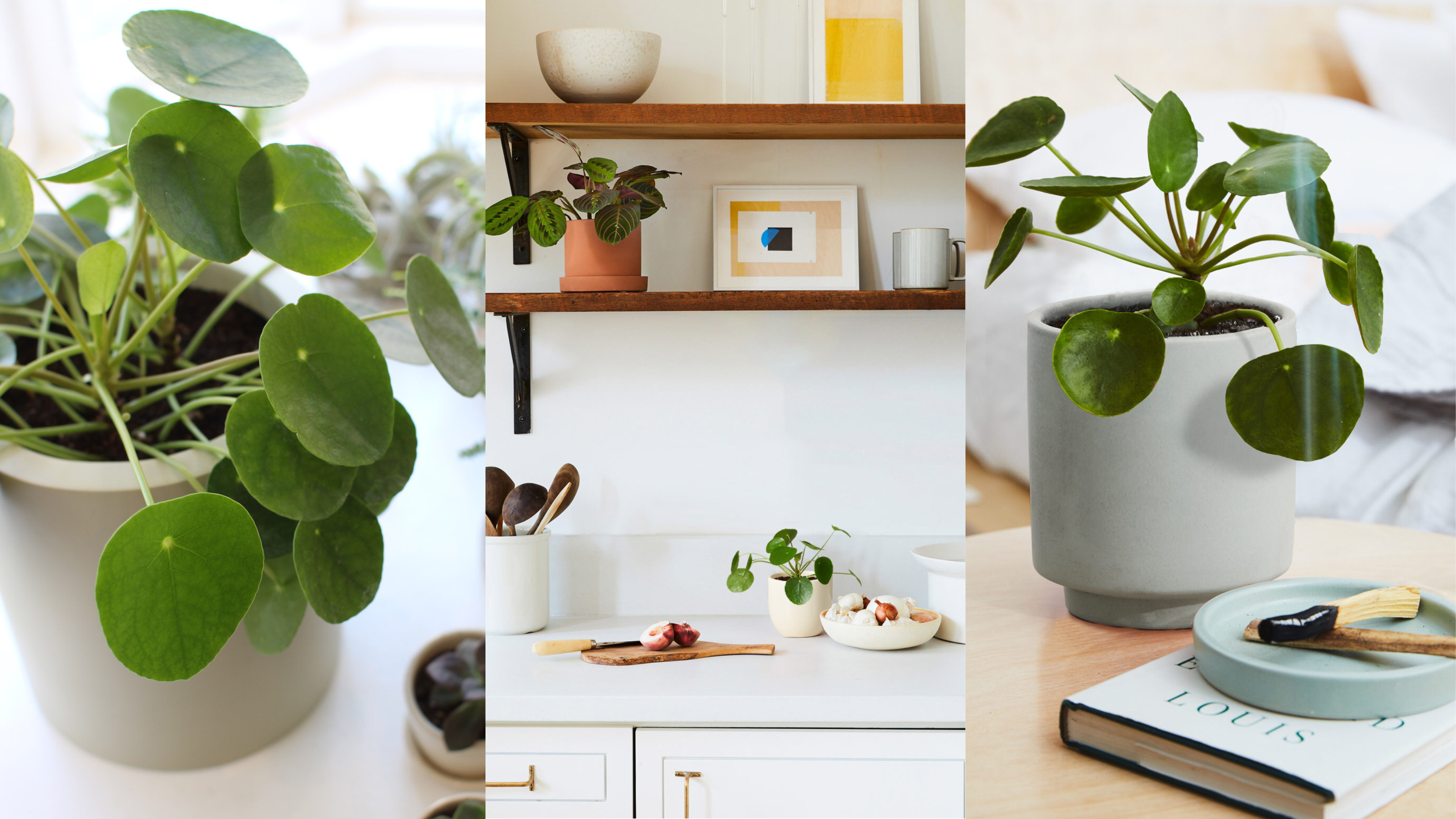
With their iconic, UFO-like glossy leaves, it is a great shame when a Chinese money plant starts to lose its distinctive look. Growing and caring for Chinese money plants is fairly simple. Treat it as it likes, and you will be rewarded with a large plant full of personality. Get it wrong, however, and the Pilea peperomioides, which is native to the Yunnan province of southern China, will not hesitate to let you know.
The best indoor plants are demanding, it is part of their charm, or so we think. With the Chinese money plant in particular, its thick, trunk-like stem, and leaves are telling of its health state. Curling, yellowing, leaves, or off-color trunk? While we never strive for perfection, this isn't quite how we envision our indoor greenery collection to greet us. But is there any hope?
'A money plant can be brought back to life as long as the trunks and the roots on the plant are still healthy, even if all the leaves fell off,' reassures Paris Lalicata, head of plant education and community at The Sill. So if you need to redeem your plant parent care skills before you even try to decorate with plants anytime soon, keep reading.
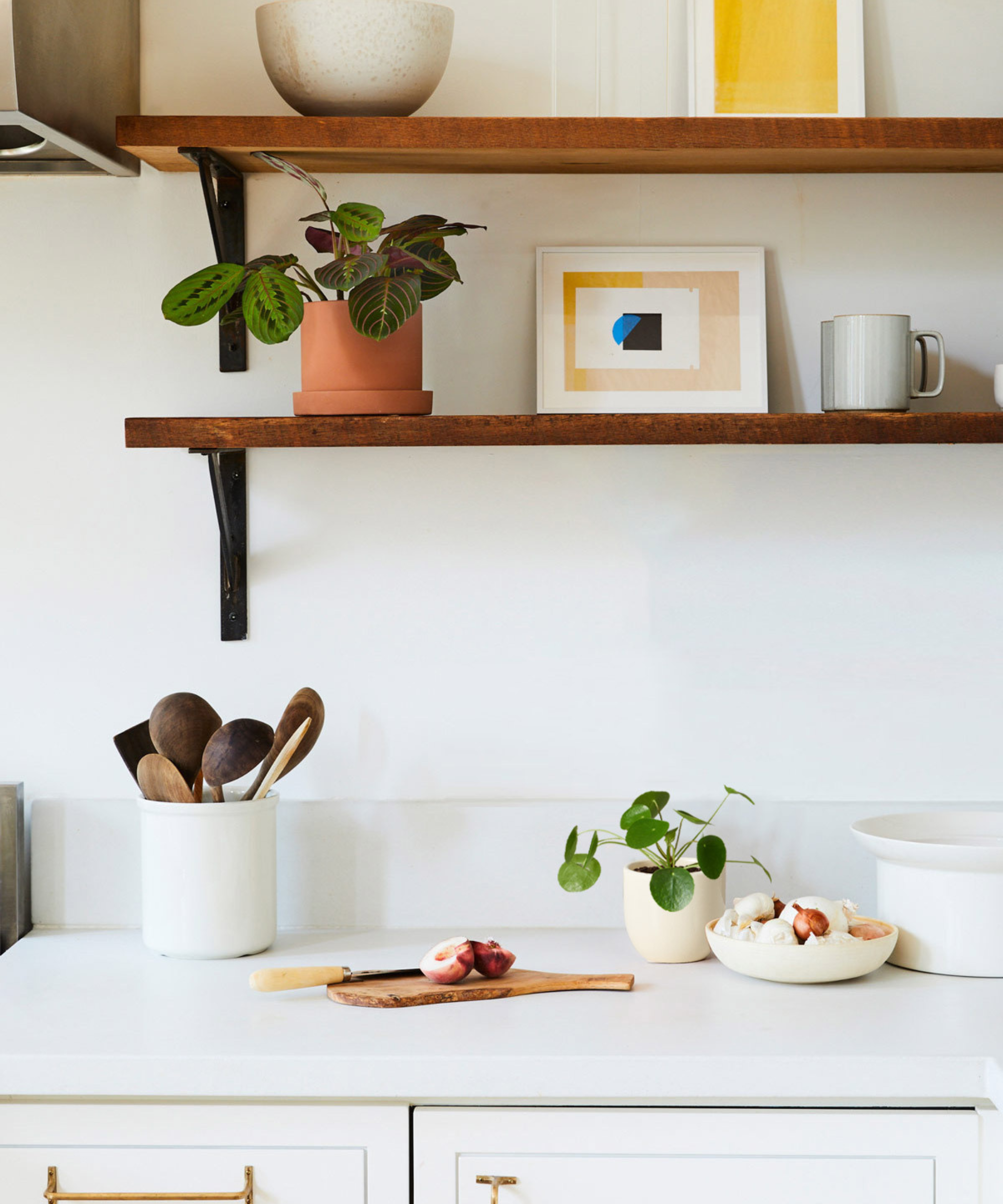
How to revive a Chinese money plant in 4 simple steps
So it seems that it is not all doom and gloom. Bring yours back to full health and you will be ready to try propagating Chinese money plants in no time. 'Chinese money plant is a resilient houseplant and usually can be nursed back to good health if it starts to decline,' says plant expert Jessica Mercer of Plant Addicts .
However, you should not dillydally either. If your Chinese money plant's leaves begin to curl or act out of character, it is time to intervene. 'If the plant suddenly starts to lose leaves, turn yellow, or droop, it likely is stressed and needs immediate attention.'
If you fear for the health of your own Pilea peperomioides, this is how to remedy a tired and unhappy Chinese money plant.

Jessica Mercer, PhD, is the Senior Content Marketing Coordinator for Plant Addicts. Writing for Plant Addicts is a real joy for her, as she can use her science background to research interesting plant topics. She carefully considers how to best present the information to other gardeners, with a focus on sustainability and the environment.
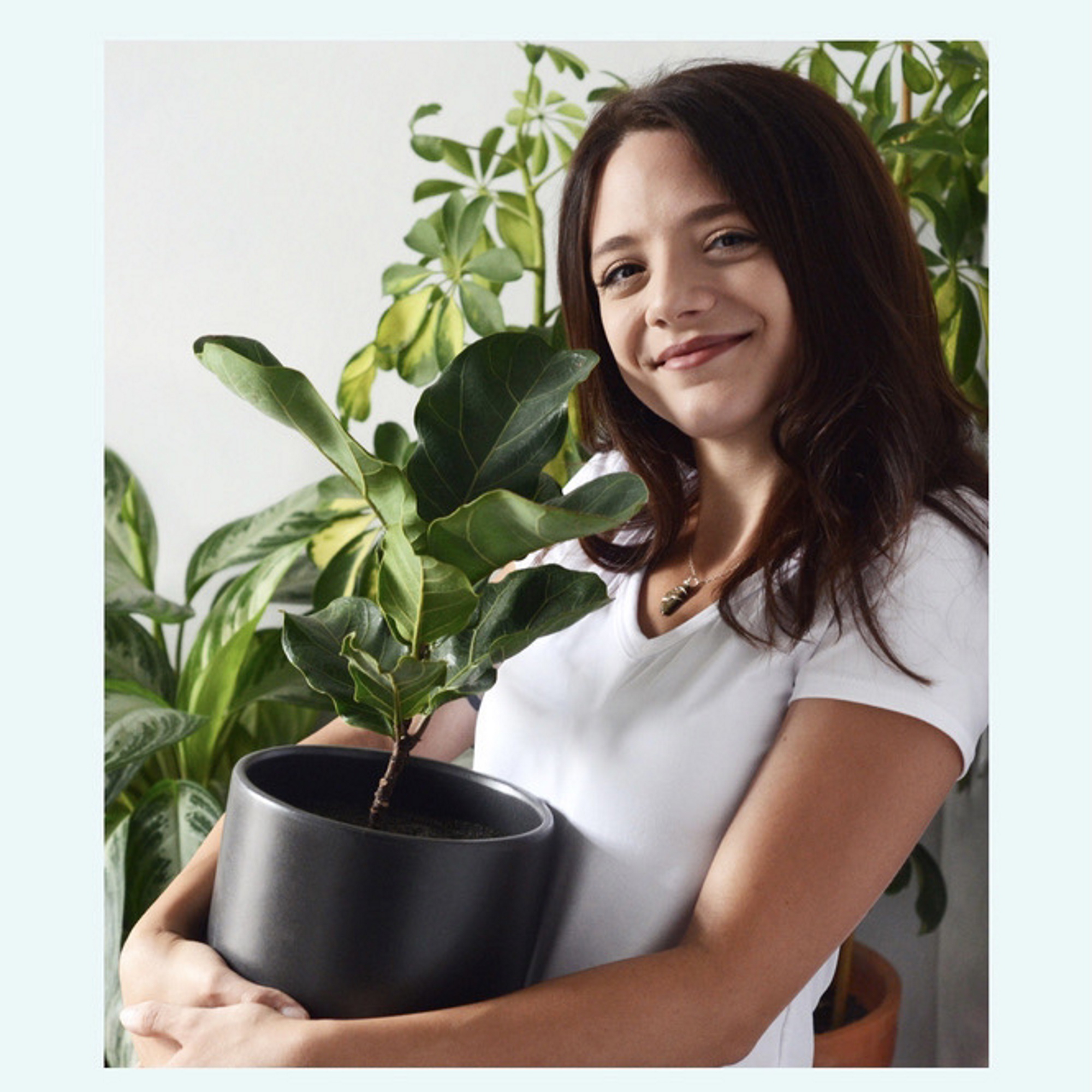
Paris is a self-taught plant expert with over ten years of experience growing houseplants. Alongside leading the Plant Education and Community at The Sill, Paris is also working on becoming a certified sustainable gardener and is actively maintaining an indoor garden of over 200 plants in the north east. ‘My passion is making plant care more digestible for budding plant parents, and sharing the many benefits of having plants indoors,‘ Paris shares with H&G.
1. Do the trunk test
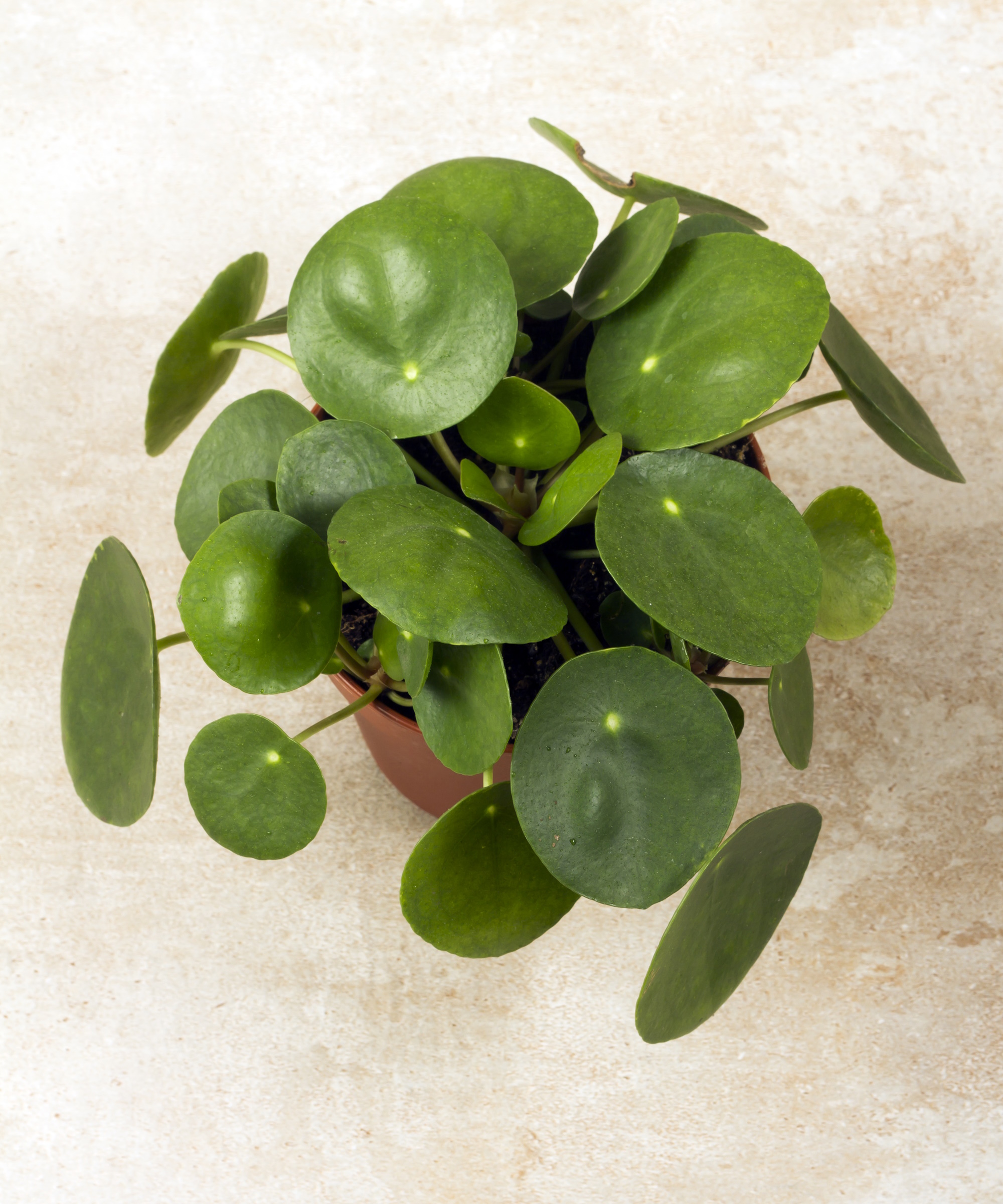
To check it is not too late, Paris recommends starting with a trunk assessment, they are a key source of information: 'A great way to check if a money tree can be revived is doing the scratch test on the trunks.'
Design expertise in your inbox – from inspiring decorating ideas and beautiful celebrity homes to practical gardening advice and shopping round-ups.
Using your fingernail or sharp paring knife (with great care), you can scrape back some of the outer layer to reveal the underneath. If it is green, there is hope and the plant is still viable. On the other hand, if the stem is brown and quite dead-looking or entirely hollow, it is sadly too late.
2. Check the location of your plant
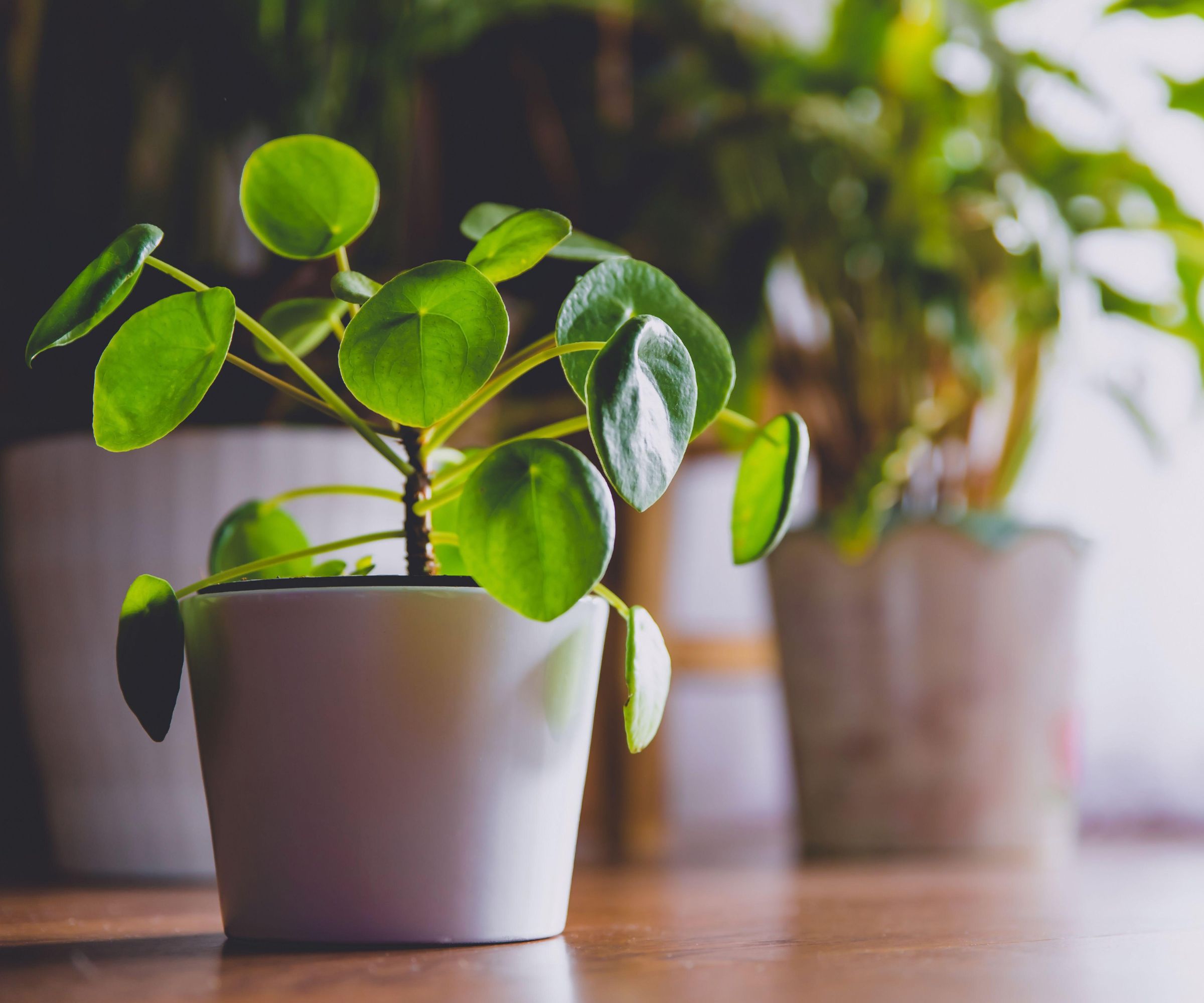
'Once you do the scratch test and find your money plant can be revived, really all you need to do is provide optimal care conditions; the most important being bright light,' continues Paris.
'Having a window that faces south or west is ideal, but if you don’t have the means of natural lighting I would highly suggest using a grow light to get a money plant to bounce back faster.'
We recommended a GooingTop LED plant growing lamp when growing vanilla bean orchids indoors. It is dimmable and comes with timed settings that should help deliver consistent bright light which could nurse a near-death money plant back to full health fairly promptly. These plants are also fond of bright light.
'I was able to recover a leafless money plant within just a few months using a grow light,' shares Paris. Just be sure to not position the lamp too close to the leaves. Though there are some house plants that thrive in direct sunlight, the Chinese money plant is not one of them and you will risk burning the foliage with overexposure to strong rays.
This looks like the edges of the leaves turning brown and crisp. 'If the leaves are sunburnt, move the plant farther from the light source, so the light is less intense, or move the plant to a different window with bright indirect light,' recommends Jessica. About one to two feet away from a window should suffice.
3. Assess water levels
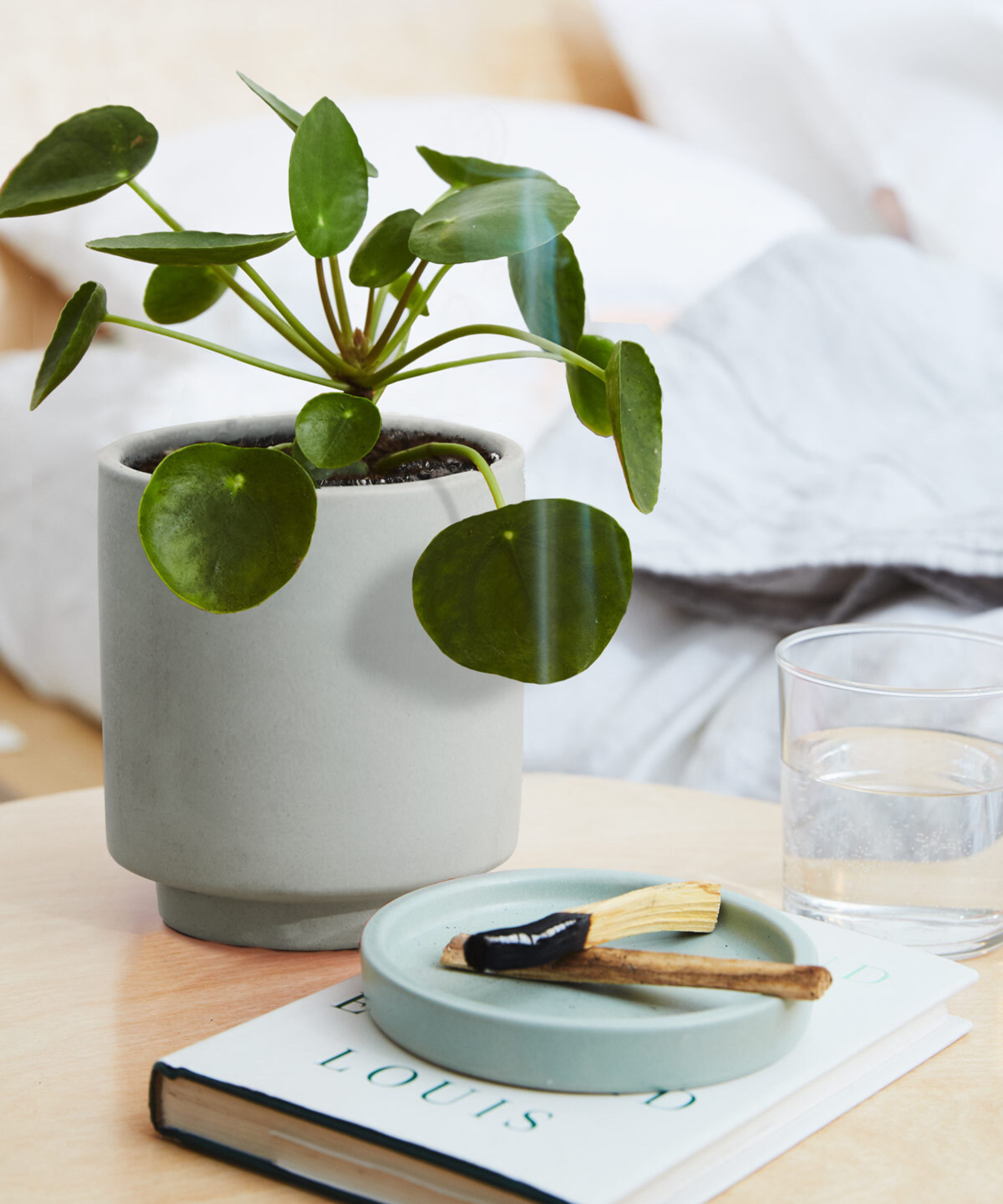
Chinese money plants like water, but they are a little fussy. They may benefit from a humidifier or bathroom placement. 'Other than light, be sure to water as soon as the soil dries, and being a tropical plant it will grow faster with higher humidity and warmer temperatures,' adds Paris.
Amazon has a reliable collection of humidifiers for plants which make a fair investment if you are one for indoor tropical gardening in particular. Note, there is a fine line between adequate hydration and an overwatered house plant. 'The most common problem is overwatering,' continues Jessica. 'These plants like to dry out between watering sessions and can develop root rot if the soil stays too wet.'
Drooping, or yellow leaves that are falling off, as well as mushy stems or petioles, and black spots may all be signs of too much water. If you suspect you have overwatered the plant, feel the soil to check how moist it is then ensure it is not sitting in water. Consider setting the potting container on a paper towel to absorb any excess while it dries out naturally. Jessica adds: 'Allow the potting mix to dry out completely before watering again. Moving forward, only water the plant when the top two inches of soil are dry.'
4. Ensure the best drainage for the future
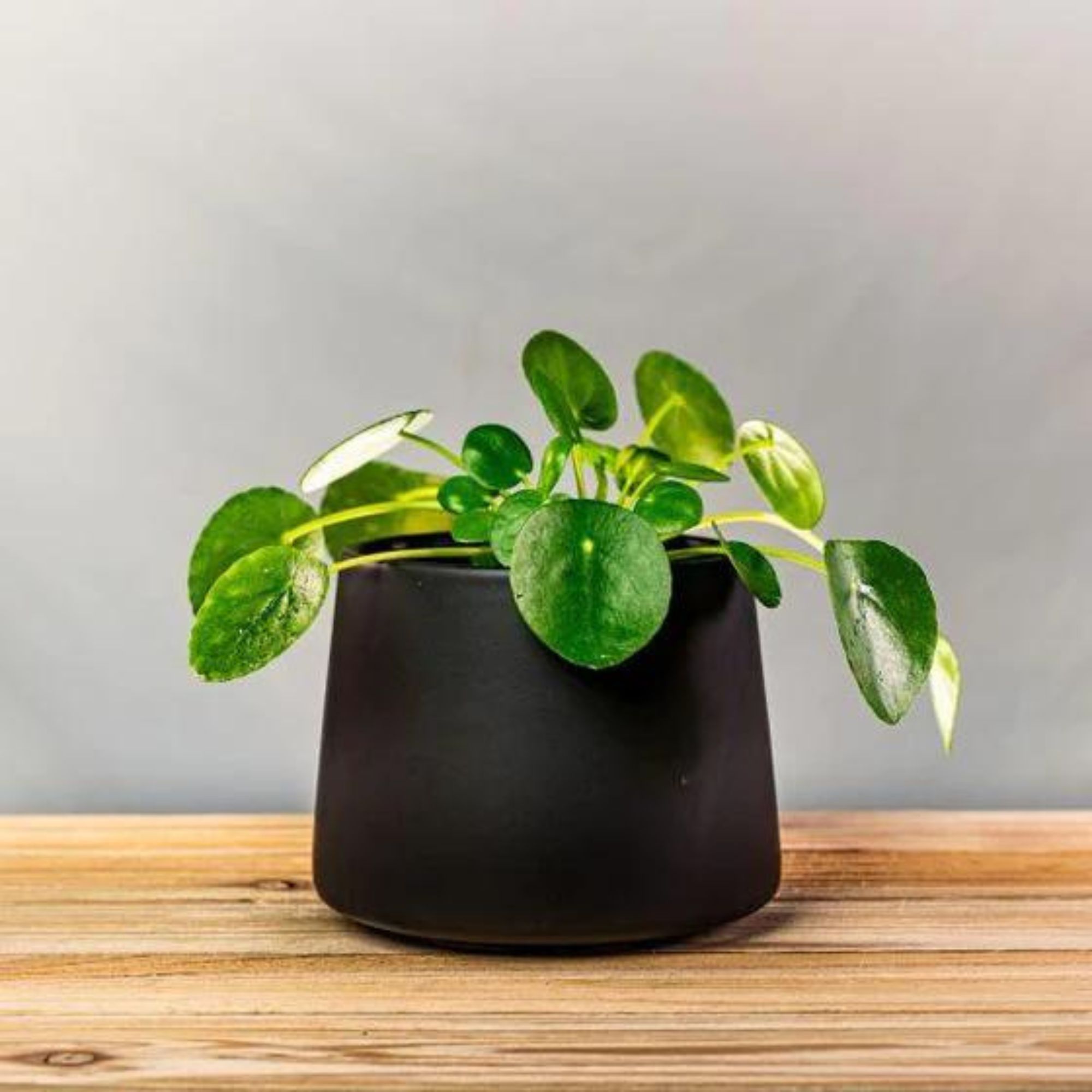
Saving a Chinese money plant from overwatering is a challenge to overcome. The next is to avoid a repeat scenario and we have one word for this: drainage. It is key that the pot you use has drainage holes for excess liquid.
Repotting houseplants should usually be done going into the growing season, but there are some exceptions in an emergency. 'If drainage is a concern, repot the Chinese money plant immediately into a more suitable container,' suggests Jessica.
'Use a loose, well-drained potting mix, similar to the mixes used for succulents. Avoid putting rocks or other fillers at the bottom of the pot, as these materials can impede drainage and reduce space for the roots to grow.'
FAQs
What are the white spots on my Chinese money plant?
The leaves of a Chinese money plant are telling, but some discrepancies are quite normal and nothing to worry about. White spots on the undersides of the leaves are mineral excreted from the plant leaves and are not harmful to the plant. Use a damp cloth to gently clean them off.
Similarly, there is no need to lose sleep over a few yellowing leaves at the base of the plant. This is a normal part of aging and renewal for this plant. Simply remove the yellowing leaves and watch for signs of new growth.
According to The Sill, Chinese money plants are quite low-maintenance. However, they are susceptible to spider mites and mealybug attacks. Horticultural neem oil can be hugely helpful against houseplant pests. We found a cold-pressed and unrefined concentrate intended for DIY plant sprays on Amazon by the HARRIS Store. Past users have noted its effectiveness and potency, with its uses spanning beyond gardening too.

Camille is the former deputy editor of Real Homes where she covered a broad range of topics, including house tours, small space design, and gardens. She studied English language and Italian at the University of Manchester and during a year abroad studying linguistics and history of art in Bologna, Italy she started documenting her adventures and observations in a blog. Camille is always creating and spends her downtime painting, taking photos, traveling, and writing short stories.